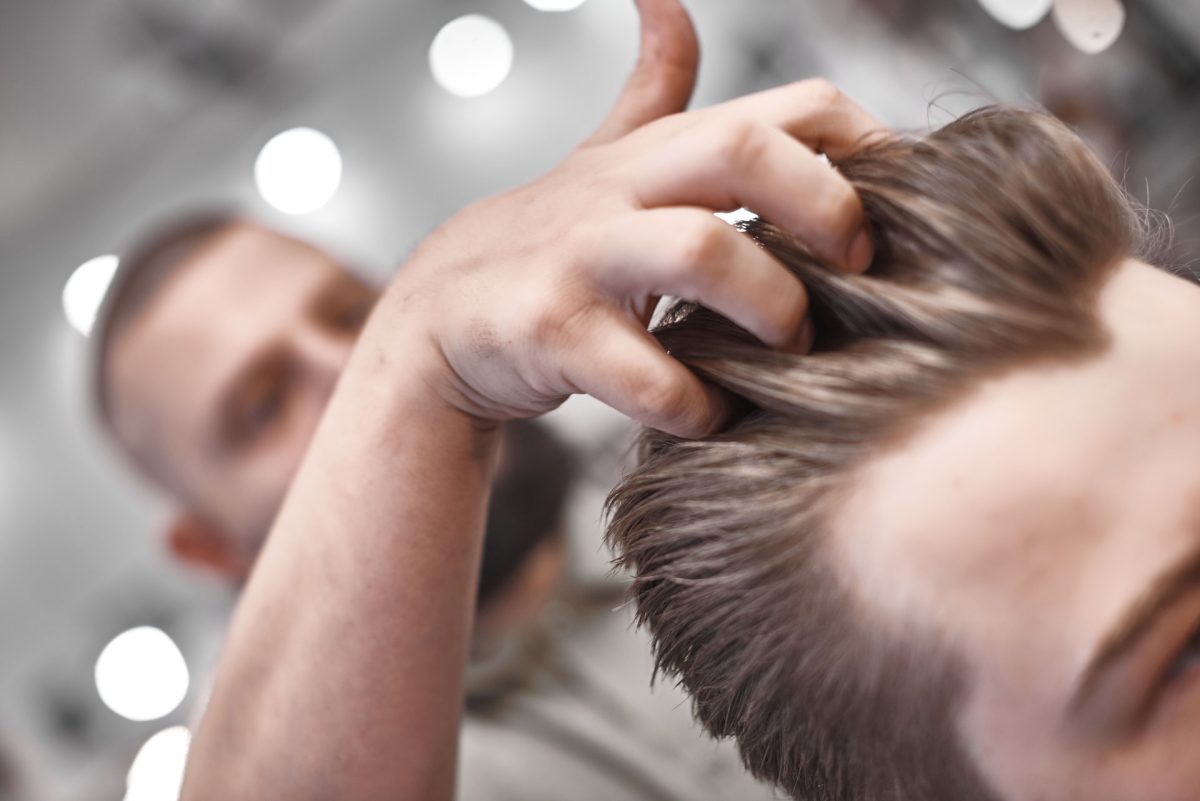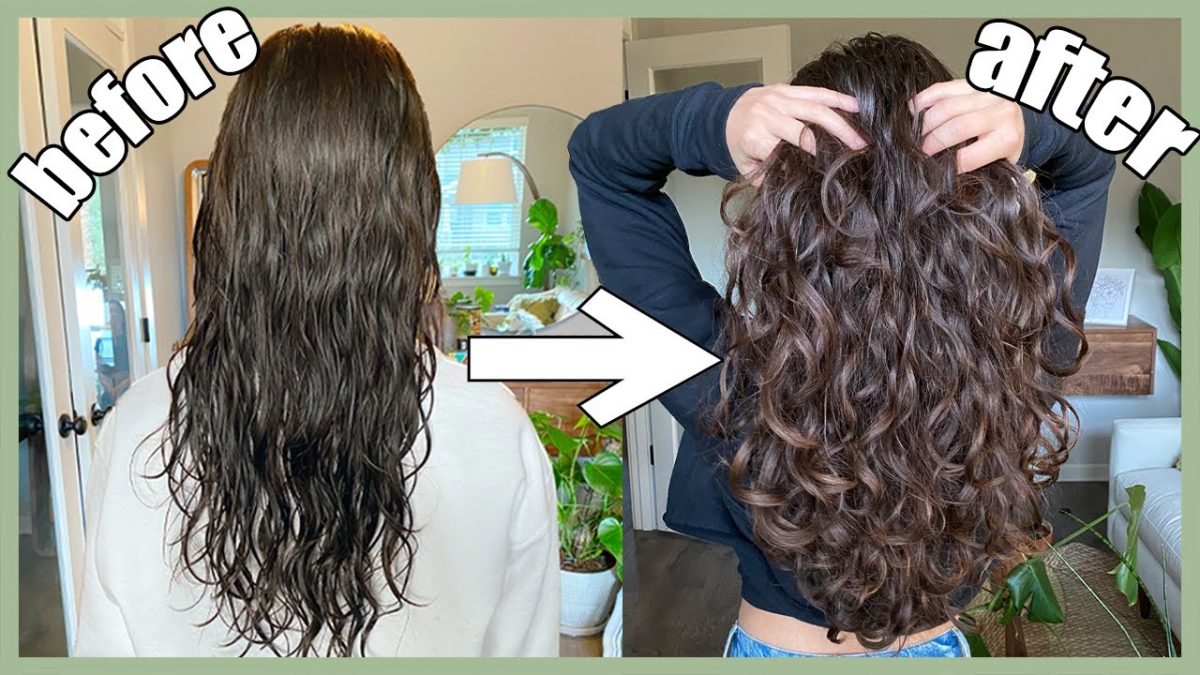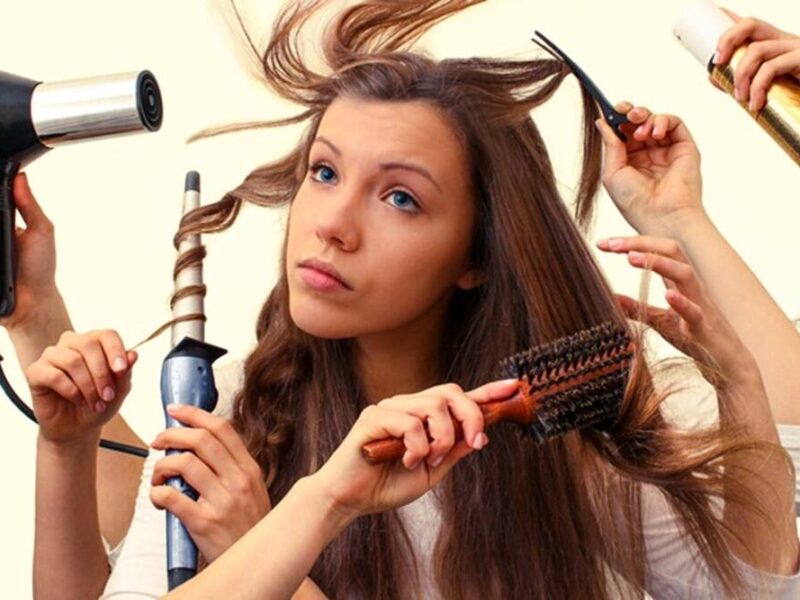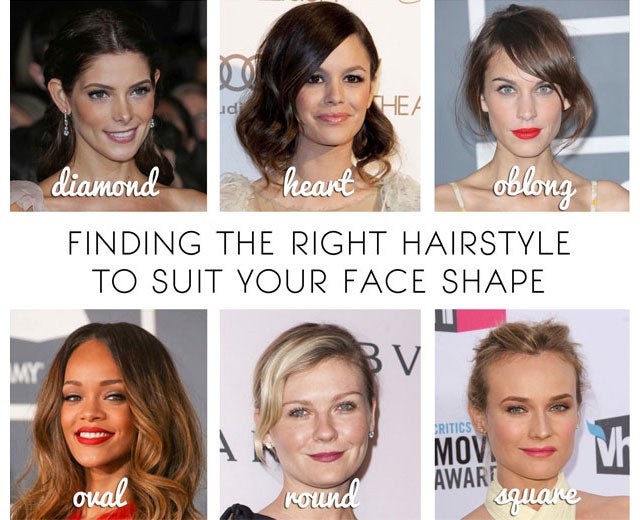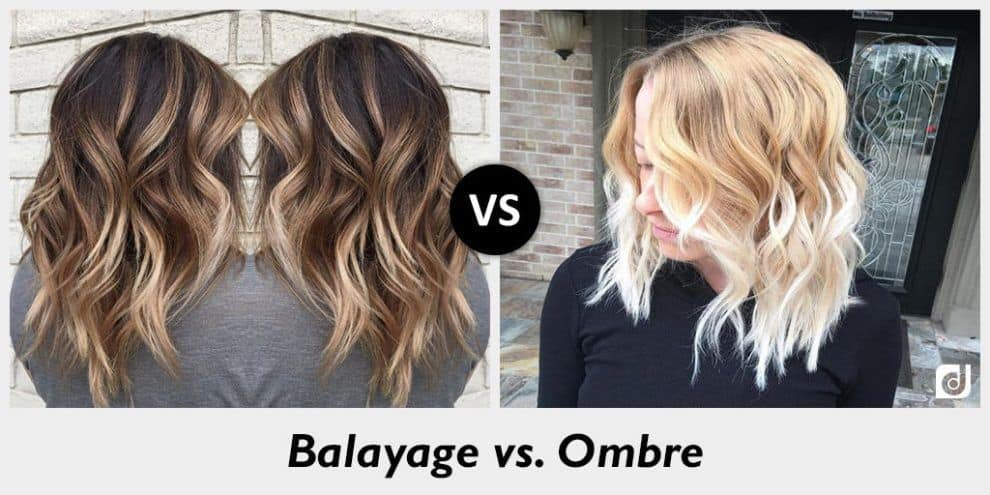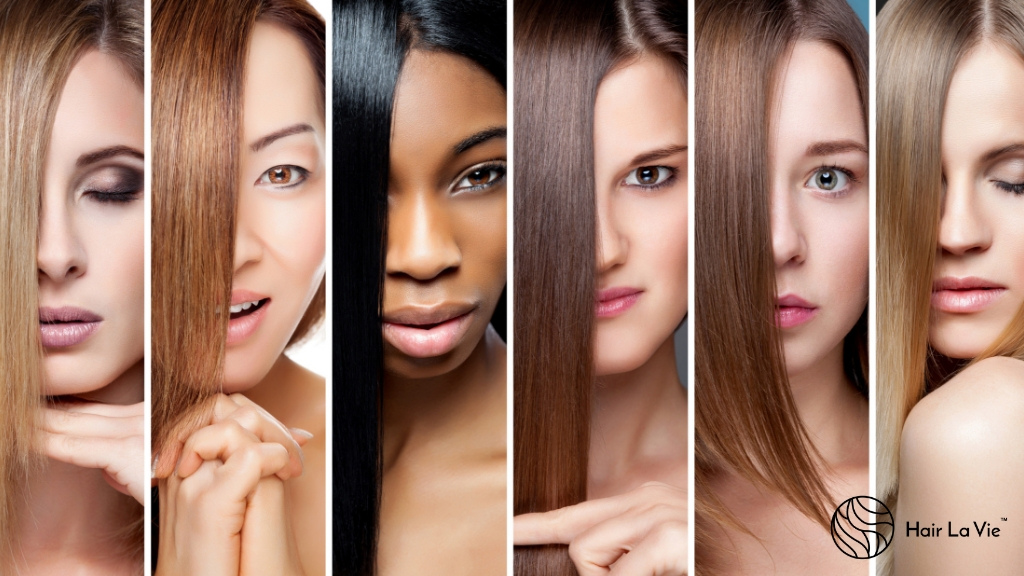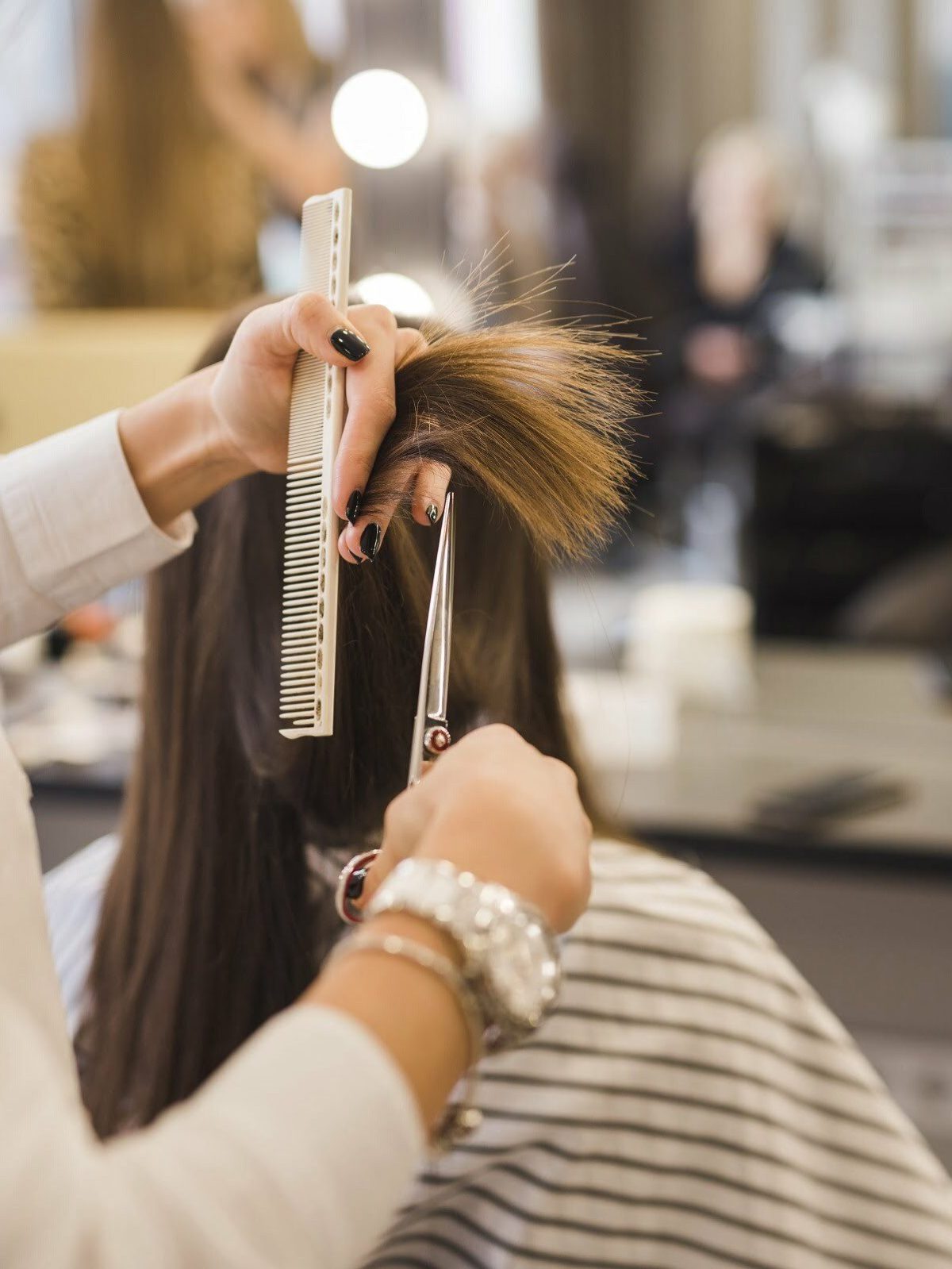The importance of consistently using the same hairstylist lies in several key advantages that can significantly benefit both your hair's health and your overall styling satisfaction:
1. Familiarity with Your Hair: Over time, a hairstylist becomes deeply familiar with the unique characteristics of your hair - its texture, strength, how it reacts to certain products or treatments, and its growth patterns. This intimate knowledge allows for more personalized and effective hair care and styling.
2. Understanding Personal Style and Preferences: A regular hairstylist learns not just about your hair, but also about your personal style, preferences, and lifestyle. This understanding enables them to make recommendations and create looks that are not only aesthetically pleasing but also practical and aligned with your taste.
3. Consistency in Results: Consistency is key in hair care and styling. Regular visits to the same stylist ensure a consistent approach to your hair, which can be crucial for achieving and maintaining certain styles, color consistency, and overall hair health.
4. Building a Trust Relationship: Hair care and styling can be very personal. Over time, you build a trust relationship with your stylist, making it easier to communicate your needs and concerns. This trust is essential for feeling comfortable and confident in the stylist’s recommendations and treatments.
5. Customized Hair Care Plan: A hairstylist who knows your hair history and current condition can effectively create a long-term hair care plan. This might include strategies for hair growth, color management, treatment of hair issues, and planning for style changes.
6. Adaptive Hair Care: As you age, your hair changes. A hairstylist who has been with you for an extended period can adapt your hair care and styling to suit these changes, whether they’re related to texture, thickness, color, or overall hair health.
7. Stress-Free Experience: Knowing what to expect when you visit your stylist can make the entire experience more relaxing and enjoyable. It eliminates the anxiety or uncertainty that can come with seeing a new stylist.
8. Efficient Service: Familiarity breeds efficiency. When your stylist knows your hair and preferences well, they can work more quickly and effectively, saving you time while still delivering high-quality results.
9. Responsive to Feedback and Adjustments: Over time, as you provide feedback on your haircuts, styles, or treatments, a regular stylist will be better equipped to make adjustments that align with your feedback, leading to improved satisfaction with each visit.
10. Emergency Hair Situations: In case of a hair emergency (like a bad cut from another salon or a home dye job gone wrong), a stylist who is familiar with your hair can be your best resource for fixing the issue.
In conclusion, sticking with the same hairstylist can significantly enhance the care, styling, and overall health of your hair. It fosters a relationship where personalization, trust, and familiarity lead to better hair outcomes and a more satisfying salon experience.
